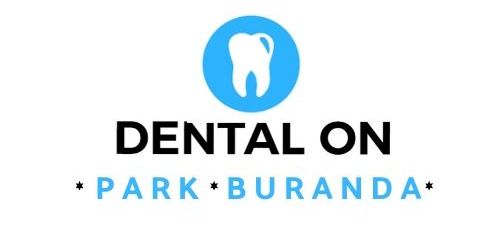What is Periodontal disease?
Periodontal disease (Periodontitis ) is a serious infection of the tissues that hold your teeth in place. It can be genetically predisposed, however it’s typically caused by poor brushing and flossing habits, allowing plaque to build up on the teeth and harden.
As periodontal disease causes permanent damage to the supporting tissues, the aim of treatment is to stop the progression of the disease by controlling the bacteria. This is an ongoing, lifelong activity. Diabetics commonly suffer from Periodontal disease but so does the rest of the population with figures being quoted at 30-50%. There is also a link between Periodontal disease and coronary heart disease.
The best way to judge whether periodontal disease is stable, is for a dentists to assess if the gums are healthy or whether they bleed. Bleeding gums are an indication that the gums are not healthy and that acid producing bacteria are present.
What causes Periodontal Disease?
If gingivitis is left untreated, it leads to periodontal disease – this is where the plaque starts to develop below the gum line and the bacteria in the plaque produce toxins, which results in further inflammation of the gums and the destruction of tooth supporting bone.
How do I know if I have Periodontal Disease?
Periodontitis is generally not detected at home and is detected during your regular dentist visits. If Periodontal Disease is diagnosed, it then needs to be treated to stop the destruction of tooth supporting jawbone.
Can periodontitis go away?
Periodontal disease is a lifelong condition that can be maintained with regular professional cleans and good home care.
Periodontal Disease Treatment Involves
- Professional cleaning of the teeth above and below the gumline to remove plaque and hardened deposits.
- Achieving the best possible home care.
- Regular reviews.
- Removing risk factors such as smoking, or protecting the gums from grinding.
At Home Care
The best oral hygiene tools to use to control gum disease at home, are piksters and a waterpik. Other products that can be helpful are a chlorhexidine mouthrinse and gel. Remember to use piksters both from the inside, as well as the outside. The waterpik is ideal if you are having trouble with dexterity. The chlorhexidiene mouth rinse and gel should only be used for 10-14 day period.
